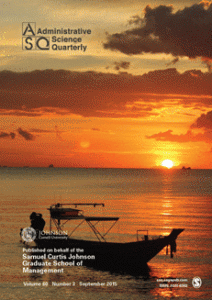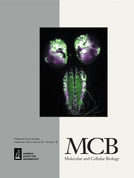 Community blog PLOS Biologue has pulled a post by journalists Charles Seife and Paul Thacker that argued in favor of public scrutiny of scientists’ behavior (including emails), following heavy criticism, including from a group and scientist mentioned in the post.
Community blog PLOS Biologue has pulled a post by journalists Charles Seife and Paul Thacker that argued in favor of public scrutiny of scientists’ behavior (including emails), following heavy criticism, including from a group and scientist mentioned in the post.
Their reasoning: The post was “not consistent with at least the spirit and intent of our community guidelines.”
The original post, published August 13, is no longer available online, but you can read it here. In the piece, Seife and Thacker lament what they call a recent backlash against transparency in science: Continue reading Following criticism, PLOS removes blog defending scrutiny of science
 It may not be much of a surprise that narcissistic CEOs of pharmaceutical companies will make bold choices, such as adopting radically new technology. That idea remains true, despite a lengthy correction to a paper that supports it.
It may not be much of a surprise that narcissistic CEOs of pharmaceutical companies will make bold choices, such as adopting radically new technology. That idea remains true, despite a lengthy correction to a paper that supports it.

 An investigation at the University of Florida has led to the retraction of a pair of papers on the stress responses of Caenorhabditis elegans in Molecular and Cellular Biology.
An investigation at the University of Florida has led to the retraction of a pair of papers on the stress responses of Caenorhabditis elegans in Molecular and Cellular Biology.



